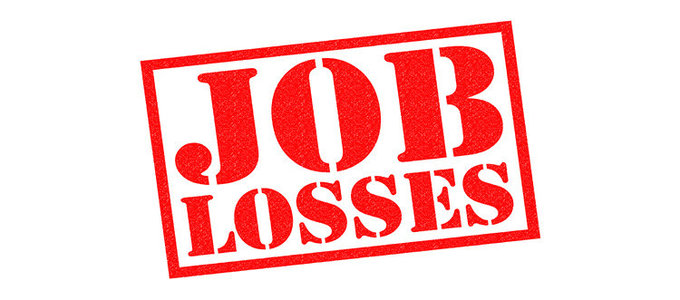Was your Redundancy handled correctly by your employer?

If you have been made redundant your employer should have followed a fair procedure before deciding who to make redundant.
This includes choosing the right criteria by which they can decide which of their staff to make redundant. This article explains the types of criteria your employer should be applying.
Objective v Subjective Criteria
Should your employer use objective or subjective selection criteria?
Objective means relying on hard facts that are easy to measure.
Common objective criteria include:
-
length of service
-
disciplinary record
-
skills and qualifications
-
experience
-
timekeeping
Subjective means impressions or judgments that may vary from one manager to another. Subjective criteria are often more vague and may include qualities such as:
-
attitude
-
flexibility
-
potential
-
company values
These subjective criteria are more difficult to measure.
Ideally, your employer should use objective criteria. However, in reality employers do not always assess an employee against objective criteria and there is always room for personal judgment and opinion.
There is no obligation on an employer to use objective criteria. However, employers do have to use reasonable criteria and score people reasonably. This may be easier for your employer to prove if they have applied objective selection criteria.
The matrix method
In simple terms, the matrix method of scoring means scoring the employees against each of the chosen criteria and adding up the scores at the end.
Some employers use a very simple matrix of, perhaps, only 3 criteria. A simple matrix is easy to understand, both for managers doing the scoring and employees at risk of redundancy.
Others use a much more complex matrix. Although this may be more difficult to understand, having more variables can help to ensure the employer selects the best employees to remain.
Having carried out the scoring exercise, your employer can then make a reasonable decision as to who should be made redundant. Although you are entitled to see the scores you have been given, your employer does not have to show you the scores of your colleagues.
Length of service – “Last-In, First-Out”
Last-In, First-Out used to be the most common criterion for selecting staff for redundancy. This method has the potential to be unlawful because the last in are generally the youngest, which means an employee may be able to bring an age discrimination claim.
These days, it’s probably fair for employers to use length of service as a ‘tie breaker’ if employees are equal on other criteria. However, it must not be used as the sole or dominant factor,
Performance and skills
Performance in the job is a perfectly reasonably criterion to use when selecting employees for redundancy.
However, the employer does need to make sure they have clear performance data, such as sales figures or productivity targets. Otherwise, it will be difficult for an employer to justify their decision.
Absence related criteria
Absence records can be used as redundancy selection criteria, provided that the employer does not take account of absences resulting from:
-
Disability related absence
-
maternity leave
-
parental leave
-
time off to care for dependents in an emergency
Employers can include sickness absence but may need to make adjustments for employees who suffer from a disability.
Absence should be measured over a long period, ideally between one and two years.
Other criteria
Your employers may use the following criteria:
Disciplinary record
It is fine for an employer to take into account an employee’s disciplinary record. However, they should not take expired warnings into account.
Part time workers
Your employer should not usually take into account whether an employee is part time.
This is likely to be discrimination against part-time workers, which is in breach of the Part-time Workers (Prevention of Less Favourable Treatment) Regulations 2000.
Automatically Unfair Reasons
Some criteria are automatically unfair and cannot be justified. This includes selecting an employee because they:
-
refused to work in a dangerous situation
-
was a shop worker and refused to work on Sundays
-
rejected a request to work more than 48 hours per week
What happens if your employer doesn’t apply fair selection criteria?
Vaishali Thakerar, Head of Employment, Lawson-West Solicitors, Leicester comments:
"If your employer doesn’t apply fair selection criteria, this may be a ground for you to claim unfair dismissal. Alternatively, if they choose fair criteria but score you irrationally, this may also give rise to a legal claim.
If you feel that you have been unfairly been selected for redundancy please call one of our employment team ……"
If you believe you have a situation where you require free legal advice, please contact us on telephone 0116 212 1000 or 01858 445 480, alternatively fill in the free Contact Us form and we will get in touch as soon as possible.
Download our Employment Law Factsheet or our Employment Law services for Employees PDF.
See our website pages on Redundancy and Settlement Agreements:
Redundancy
Unfair Dismissal, article
What is a settlement agreement?
What is the settlement agreement process?
What to expect in a Settlement Agreement?
Implications of Restrictive Covenants
View all


